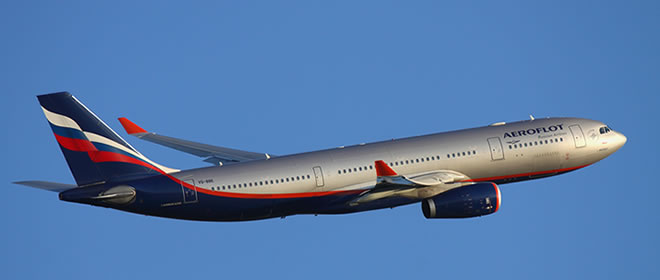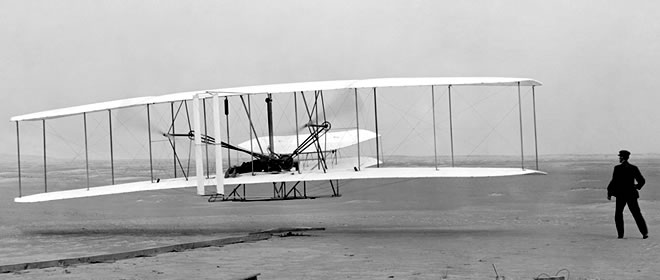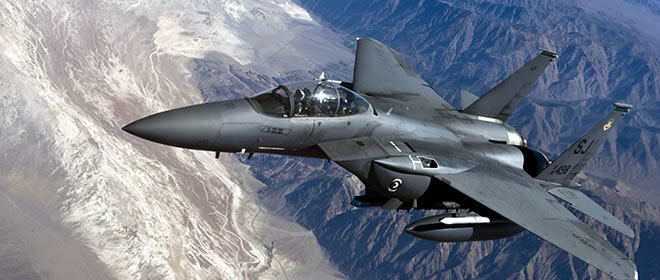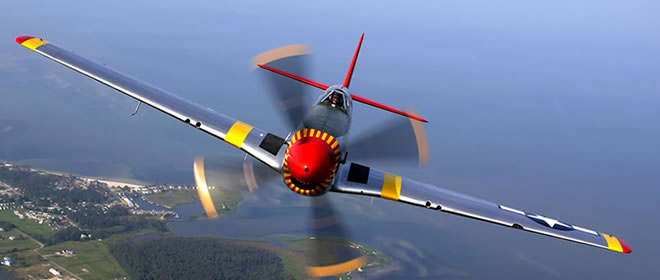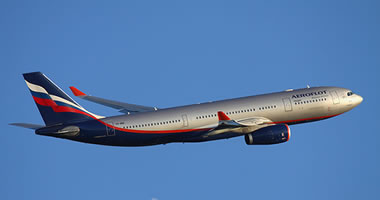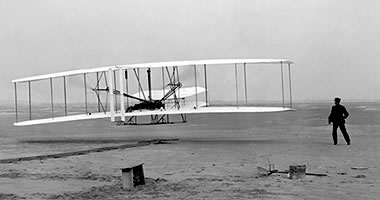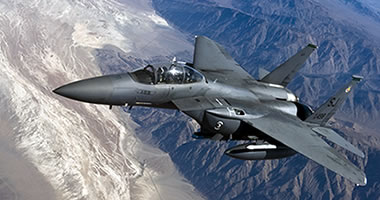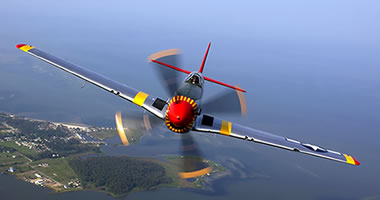What is a British flying site?
BACK TO BASICS
When I began this project over twenty years ago I needed to find a title for it. One of the first options seemed to be - 'A Guide to British Flying Sites'. But then I realised that this was much too far ranging, and although it included the U.K., I really did need to confine my research to just the U.K. And by heck, just look at where this has led!
But, the question kept nagging away in the background so eventually I decided to explore the subject in 2021. And soon realised that I really did not know the answer - and still don't. At face value it would appear to be fairly obvious (?), but the more I delved the further it seemed to escape definition. So, back to basics, and find out what British means. According to the New Oxford Dictionary of English it has two meanings: 1) of or relating to Great Britain or the United Kingdom, or to its people or language. 2) of the British Commonwealth or (formerly) the British Empire.
AS CLEAR AS MUD - OR IN OTHER WORDS - HISTORY
Where to start? Or should I say, where to start asking questions? Perhaps World War One is a good starting point. When the Royal Flying Corps began establishing aerodromes in Belgium and France, what was their legal status? These were British military establishments in a foreign country of course but were they considered as being, to all intents and purposes, having sovereign status within the aerodrome boundaries? For us today they are certainly treated as being British flying sites, but did the Belgians and French see it that way?
When I was a lad and at school, (1950s), we would have maps of the world upon which very large areas were coloured pink. These indicating the extent of the British Empire. But even so an airfield in Canada, Australia, South Africa etc, would not have been regarded as British flying sites. Whereas, I suspect, British run military aerodromes in Palestine, Iraq, Singapore and India would have been.
When Imperial Airways started expanding their services across the Empire to the south into Africa and east into Asia, were those locations, sometimes just a fort in a desert in the Middle East, regarded as being British sovereign property?
WORLD WAR TWO
This episode has me utterly floored. What was the status of British military aerodromes in for example, Egypt, Libya and Algeria? Or, in Greece, Italy and of course, France and Germany - let alone Burma and Malaysia? Here again, we tend to regard them as British aerodromes and bases, but is this technically correct?
IN LATER YEARS
(Picture from Google Earth ©)
These days we have very few aerodromes or air bases abroad. What I wonder is the legal status of our RAF base at Akrotiri in Cyprus? A much easier answer is Gibraltar, still a British Overseas Territory. The runway belongs to the Ministry of Defence, although of course civil operations are permitted.
A trickier subject is Ascension Island in the Atlantic which is jointly operated by the RAF and the USSF (United States Space Agency) who call their side of the base Wideawake.
Plus of course we must remember Port Stanley in the Falkland Islands. Although strenuously denied at the time by the British government, I and many thousands of others saw that after the findings of the South Atlantic Survey, this was all about gaining control across vast swathes of ocean beneath which existed huge reserves of valuable resources. In the short term - oil.
SOME PICTURES
These pictures have been kindly provided by Mike Holder when he was serving as a navigator on Nimrods. The first two amply illustrate the extent to which the British government were involved with affairs in the Middle East. A story probably still to be told in full?
The third and fourth pictures help to illustrate the point I am making below.
AND JUST TO BE AWKWARD
What exactly is the status of Royal Navy ships equipped with aircraft. As I understand it, these vessels are most certainly regarded as being sovereign territory. And therefore, also British flying sites.

